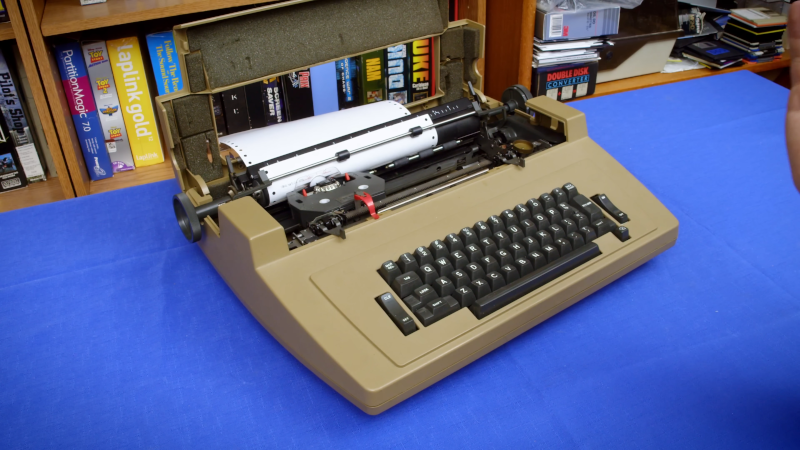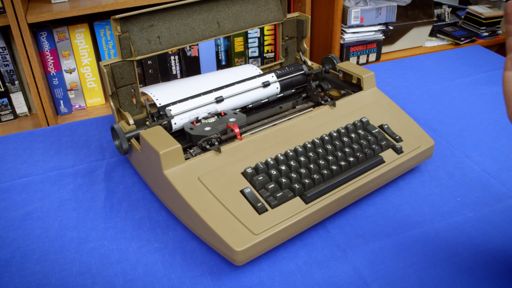
If you learned to type anytime in the mid-part of the 20th century, you probably either had or wanted an IBM Selectric. These were workhorses and changed typing by moving from typebars to a replaceable wheel. They were expensive, though worth it since many of them still work (including mine). But few of us could afford the $1,000 or more that these machines cost back in the day, especially when you consider that $1,000 was enough to buy a nice car for most of that time. [Tech Tangents] looks at something different: a clone Selectric from the sewing machine and printer company Juki.
The typewriter was the brainchild of [Thomas O’Reilly]. He sold typewriters and knew that a $500 compatible machine would sell. He took the prototype to Juki, which was manufacturing typewriters for Olivetti at the time.
Although other typewriters used typeballs, none of them were actual clones and didn’t take IBM typeballs. Juki even made their own typeballs. You’d think IBM might have been upset, but they were already moving towards the “wheelwriter,” which used a daisywheel element. Juki would later make a Xerox-compatible daisywheel printer, again at a fraction of the cost of the original.
Even the Juki manual was essentially a rip-off of the IBM Selectric manual. Sincerest form of flattery, indeed. It did appear that the ribbon was not a standard IBM cartridge. That makes them hard to find compared to Selectric ribbons, but they are nice since they have correction tape built in. The video mentions that you can find them on eBay and similar sites.
There were a few other cost savings. First, the Juki was narrower than most Selectrics. It also had a plastic case, although if you have ever had to carry a Selectric up a few flights of stairs, you might consider that a feature.
The Juki in the video doesn’t quite work, but it is a quirky machine with an odd history. Today, you can print your own typeballs. We wonder if these would be amenable to computer control like the Selectrics?
From Blog – Hackaday via this RSS feed


